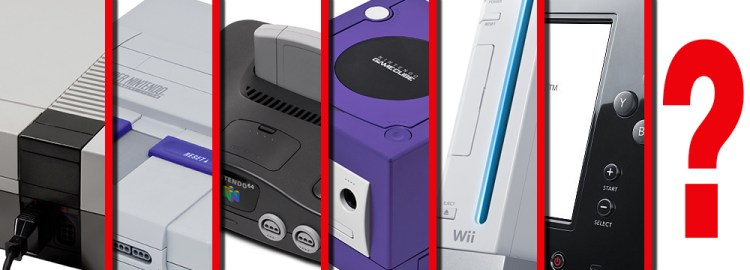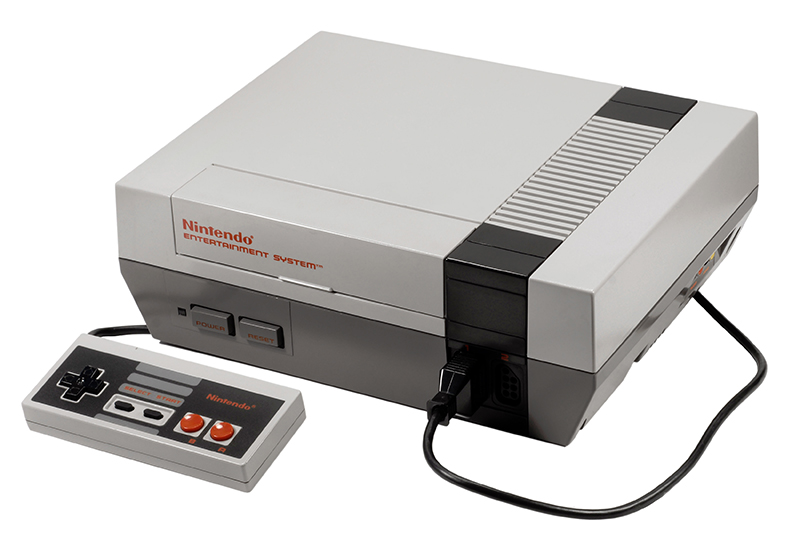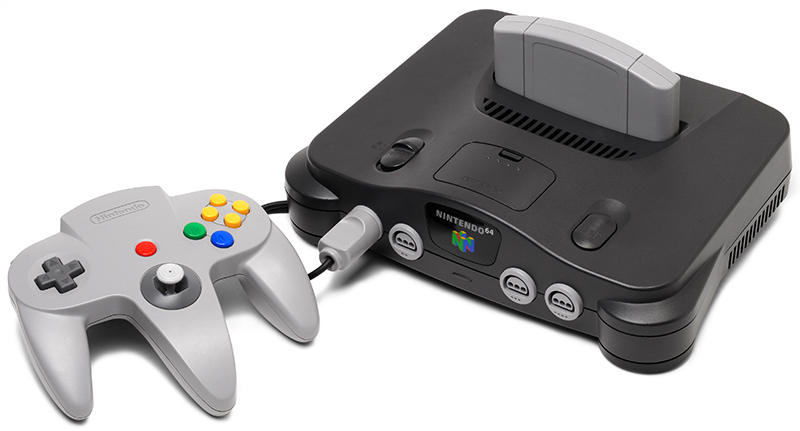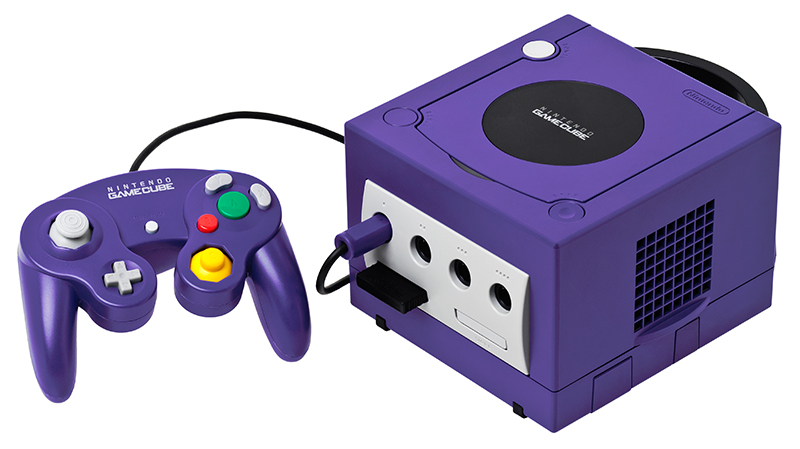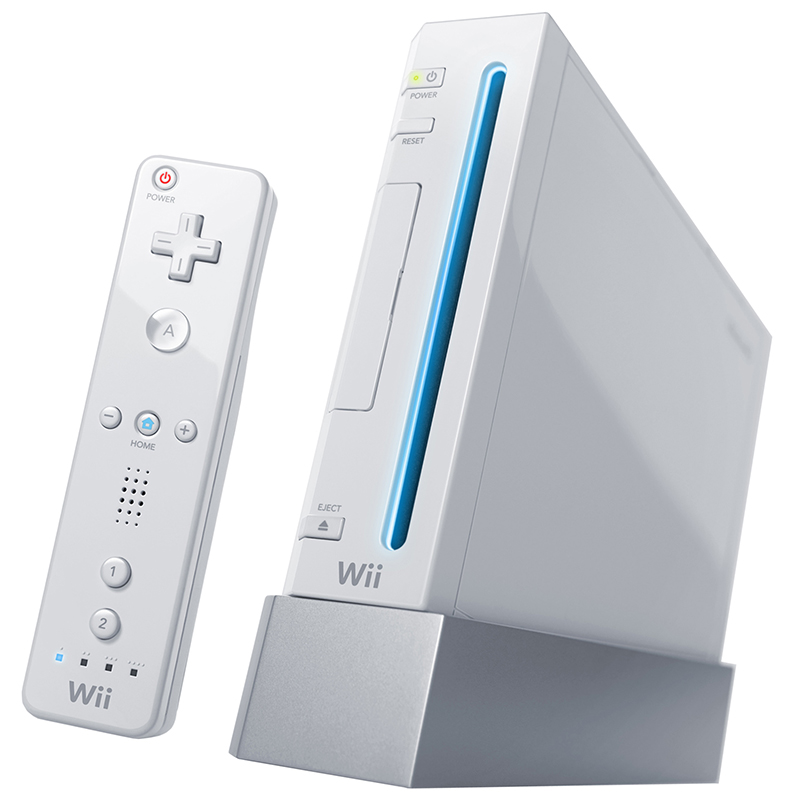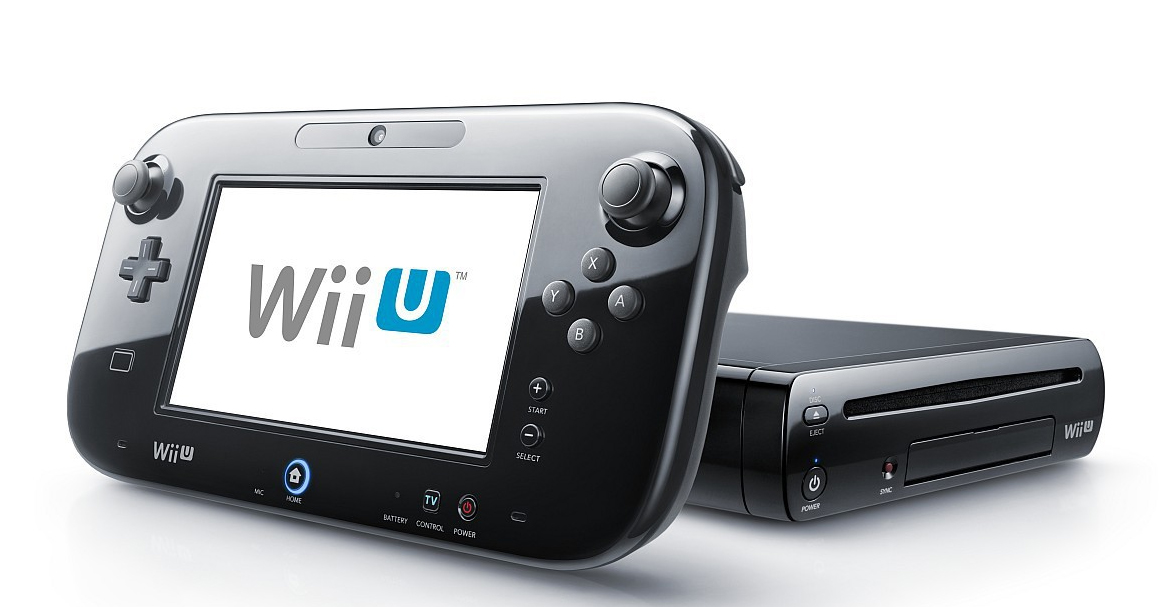History repeats itself. For Nintendo, this could mean anything
The company’s past is riddled with incredible successes and failures. Now that we know Nintendo is working on a new system, currently called the NX, the Japanese gaming giant needs to make sure it repeats the right kind of history. You know, the one that gives it a hit system that makes a ton of money.
Nintendo can help itself by heeding the lessons of its past. Below, we look at every Nintendo console, from the NES to the Wii U, and picked two lessons (one positive, one negative) that the House of Mario needs to keep in mind as it develops the NX.
Nintendo Entertainment System
Positive lesson: Software, software, software. The Nintendo Entertainment system revived the entire industry because it had great games. The hardware was actually less powerful than its competitors, including Sega’s Master System and the Atari 7800, but no one cared. The games were just better on the NES.
Many of Nintendo’s biggest franchises, including Super Mario Bros., The Legend of Zelda, and Metroid, all started on the NES. Nintendo also had incredible third-party support with franchises like Mega Man, Final Fantasy, Castlevania, and Ninja Gaiden. It seems like a simple lesson, but all of the gimmicks and specs in the world won’t sell a console without a library of great games.
Negative lesson: Don’t piss off your third-party partners. The NES dominated the market for much of its life, so developers were eager to make games for the console. However, Nintendo instituted a lot of restrictions, insisting that third-parties only develop for the NES. They also had to buy cartridges for their games directly from Nintendo, which meant that the Mario and Zelda developer was in charge of stock. Nintendo would also tell developers how many games they were allowed to release a year.
This overabundance of control didn’t sit well with a lot of companies, which is why many were eager to jump ship and start making games for the Sega Genesis.
Super Nintendo Entertainment System
Positive lesson: Competition can help make you better. While the NES ruled the market, the Super Nintendo had to compete with the popular Sega Genesis. However, this rivalry helped motivate Nintendo, which would compete with Sega by creating the Super FX chip, which enabled the system to render polygon-based 3D games like Star Fox. It also helped push it to create some of the best games in the company’s history, including Yoshi’s Island, Super Metroid, and Donkey Kong Country.
Negative lesson: The Super Nintendo was such a great system, it’s hard to really think of a negative lesson. However, Nintendo definitely blundered when it teamed up with Sony to create a CD-based add-on and then later backed out of the deal, leaving Sony with the ambition and knowledge to create its own system.
So, you know, don’t forge any business deals that will accidentally create competition.
Nintendo 64
Positive lesson: Evolve your franchises. Nintendo had to bring many of its franchises to 3D for the first time with the 64. It deftly redesigned series like Super Mario Bros. and The Legend of Zelda to become 3D masterpieces. Think about how many pre-64 game franchises still haven’t made great transitions out of 2D. Sonic, Mega Man, and Castlevania never had 3D hits on the level of Super Mario 64 or Ocarina of Time. Nintendo was a master of keeping it best franchises relevant.
Negative lesson: Don’t be technologically stubborn. While competitors Sony and Sega stored their games on CDs, the Nintendo 64 was still a cartridge-based system. These were more expensive and couldn’t store as much information, which gave Nintendo a significant disadvantage in the console cycle. It also helped it lose mega-franchises like Final Fantasy to Sony’s PlayStation.
GameCube
Positive lesson: Take chances. Some of the GameCube’s best games were huge risks with established franchises. The Legend of Zelda: The Wind Waker adopted a cel-shaded art-style that made the game look like a cartoon. Metroid Prime turned the franchise into a first-person shooter. Both changes were initially reviled by fans. These days, both are considered two among gaming’s greatest works.
Negative lesson: Don’t try to compete with rivals head-on. The GameCube really wasn’t that different a device from the PlayStation 2 or Xbox One, at least from a hardware perspective. You often wouldn’t see much of a graphical difference between games ported to all three systems.
Of course, this was a problem for Nintendo, since the GameCube wasn’t able to stand out. The GameCube was considered a kiddier (and, for older gamers, lamer) alternative to the Xbox and PlayStation 2, a prejudice that wasn’t helped by a purple, square design for the console that made it look more like a toy than an expensive piece of hardware.
Wii
Positive lesson: Make your system accessible. The Wii was one of the best-selling consoles in history because it was easy for everyone to understand. People who never played games before were able to pick up a remote and play motion-based versions of tennis and bowling within seconds. When gaming was that easy and affordable (the Wii was much cheaper than the PlayStation 3 and Xbox 360, largely because its innards were hardly more advanced than the GameCube’s), everyone wanted in.
Negative lesson: Of course, you then have to find a way to transition that casual audience into other games. A lot of people bought a Wii and only ever played a couple of games, usually Wii Sports or Wii Fit. Unlike the kids who had an NES, they didn’t get hooked. Because Nintendo wasn’t able to keep that casual audience, they eventually fled (largely to mobile gaming).
Wii U
Positive lesson: Embrace online. Nintendo was oddly resistant to online compatibility for a long time. While the PlayStation 3 and Xbox 360 had robust network features, the original Wii was pretty much only good for connecting to Netflix and laggy multiplayer games.
The Wii U finally started crawling toward progress. The Miiverse is a fun online community, and multiplayer games run smoother. Of course, it would still be nice if playing with and talking with friends was as easy as it was on the PlayStation 4 and Xbox One. Still, at least Nintendo’s trying.
Negative lesson: Think your gimmicks through. Having a tablet controller sounds like a good idea, but it’s clear now that it isn’t really all that useful. Many of Nintendo’s own Wii U games, like Super Smash Bros. and Mario Kart 8, barely use the second screen. At least the original Wii made an attempt to make motion controls a part of practically every game. The tablet, meanwhile, showed off most of its tricks in minigame collections like Nintendo Land. Sure, it’s nice to play some games on the tablet, especially if someone else is using the TV. But is that really a feature to build an entire console around?
VentureBeat's mission is to be a digital town square for technical decision-makers to gain knowledge about transformative enterprise technology and transact. Learn More
